Having seen some interesting images a few months back shot on Bergger Panchro 400 I decided to order some and give it a try. Since I usually work with Ilford FP4+ at EI of 100 it was going to be a bit of a challenge to find a suitable scene for a 400 speed film. As it turned out I ran out of FP4+ on a recent trip and decided to use the Bergger film. I shot two scenes, both of which were high in contrast and subject brightness. Both had moving water in shade and sunlight at about 9:30-10:00 AM .
The first scene was a rock in shade in front of a river cascade in brighter sunlight. The range of EVs was 7.5 to 13.8 and was metered on foliage at EV10 as zone V. I shot this straight at box speed, f32, 1/4 of a second. The second scene was a large textured tree stump washed ashore in recent months against a raging river bed. EV ranged from 11.9 wooded shadows to 18.2 white water in sunlight. The log itself ranged in values from EV 14 to 16 so I set my exposure based on EV 14. That gave me a 1/20 second time at f22. I knew I wanted more flow in the water so I added a red filter and stopped down to f32 and 1/2 second. This should smooth out the water flow and allow maximum depth of field. I took two of each shot so I could process one and make changes if needed for side B.
I decided to use my normal developer Pyrocat HD and the minimal agitation technique I have been practicing. However after some basic research I learned that the Bergger film requires more development than my standard film Ilford FP4+. Since the first scene exposed such that the white water would be on zone 9 and I didn’t mind if the shadows are a little dark I decided on a N- development but added 3 minutes for the difference in film. I processed the image with my normal dilution of 3:2:500 for a total of 23 minutes. After stop, fix, and a good 10 minute washing I pulled the film out of the tank and was immediately stunned with what I saw. The negative was dark and flat in tone, which is not what I expected.
After the negative dried I could see there was contrast and it became clearer something had gone wrong during exposure. I can only speculate I did not stop down the shutter to the f32 I had in my notes. So it was overexposed by several stops. Regaining composure the next day I decided to process the second image. It too had a 6 stop range but I knew I had exposed it properly. Based on the important midtone area I decided to give this my normal development with a little extra for a total of 26 minutes in my usual dilution. After the final wash I pulled the negative and saw a much better tonality than the first negative and thus knew I was in the ball park. While wet the negative looked very thin in the shadows and seemed lacking in base stain. So I processed the other side of the holder by using a slightly stronger dilutions of 4:3:500 but kept the 26 minute time parameter the same. After the wash I could see the side B image now had a little more contrast and a tad more stain. After letting the two negatives dry the differences between them are minimal but most noticeable in the mid tones and possibly a touch more detailed in the shadows.
I will have to print these to determine if I like the film as much as my normal FP4. I can state that I will not use it as much as I initially thought. I have grown accustomed to long exposures with 100 speed film and prefer it for moving water or where the shutter is not very reliable when using sub 1 second speeds. With a 400 speed film I will more likely use a ND filter or other filter if needed to extend exposures. What I hope is different about the film is an overall smoother tonality and warmth. It may come in handy if I ever need to push it to an EI of 800 in a very low light scene.
For side B of the overexposed negative I may experiment with very dilute developer and see if I can bring the stain more inline with a slightly over exposed image and see if it still holds the contrast. I suppose I could try bleaching side A if I can get a decent result with side B. If all efforts fail – I may re-shoot the location.

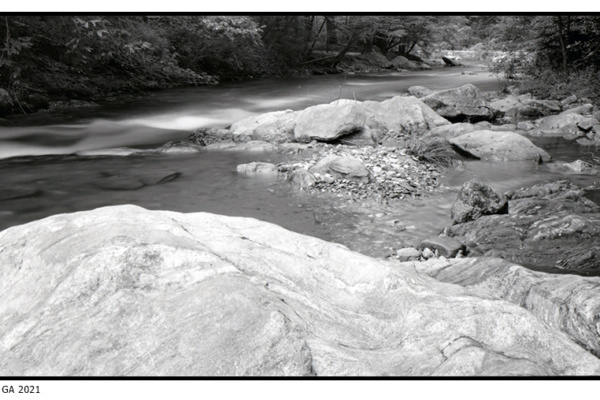
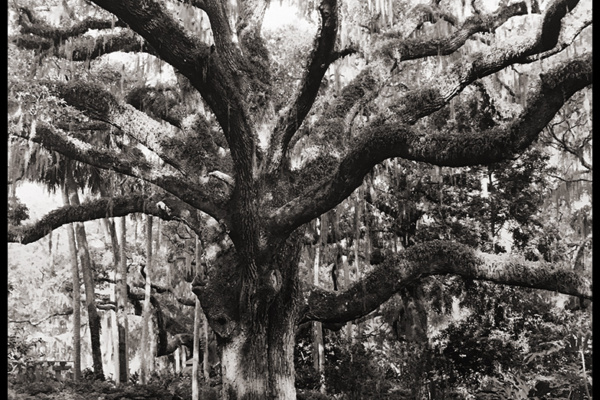
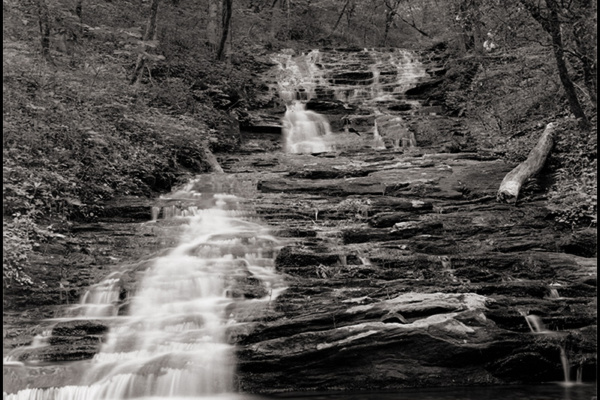
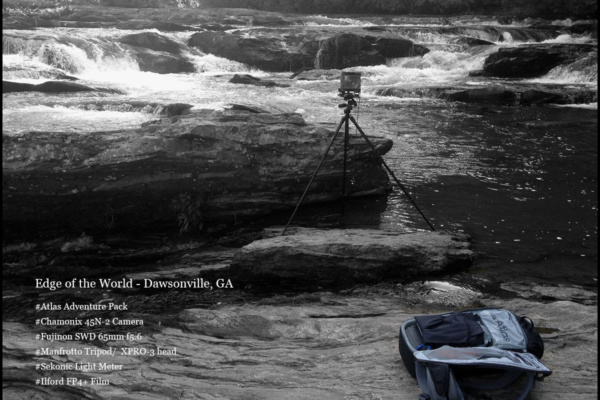
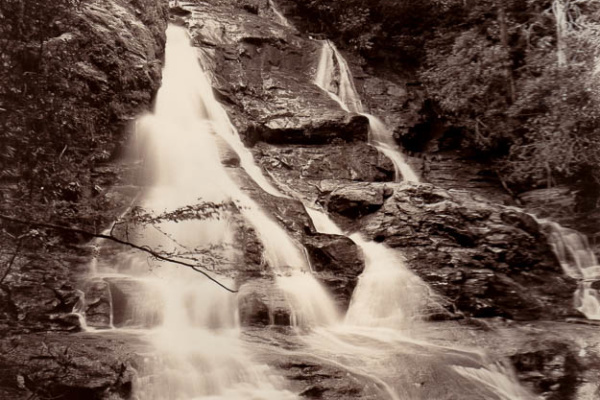
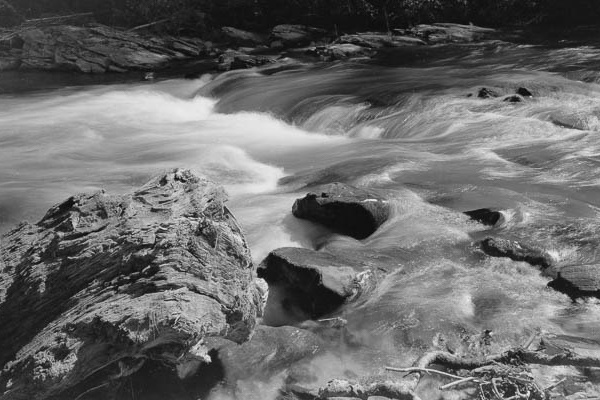
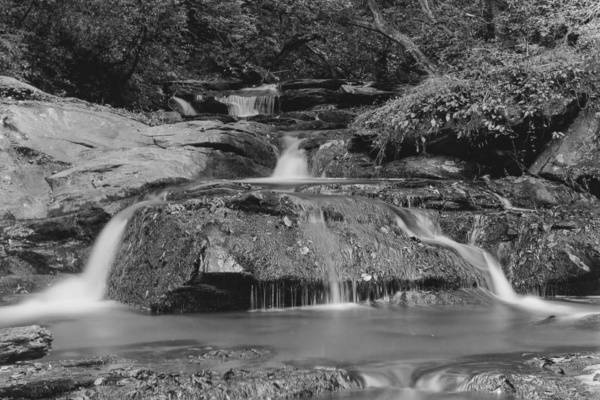
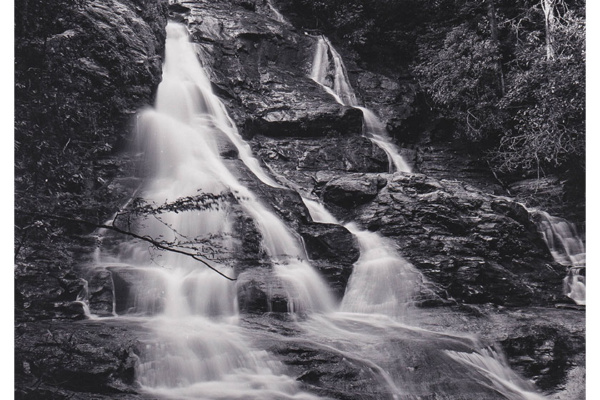
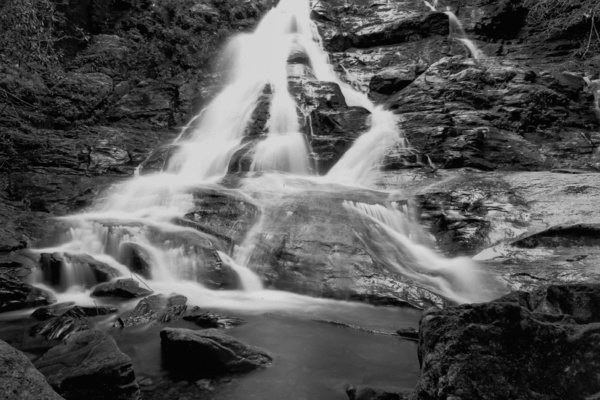
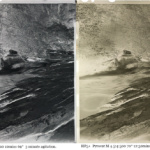 Ansco 130 as Film Developer
Ansco 130 as Film Developer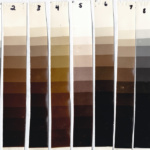 Thiourea Toning Tests Continued
Thiourea Toning Tests Continued